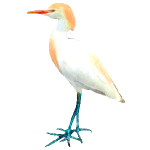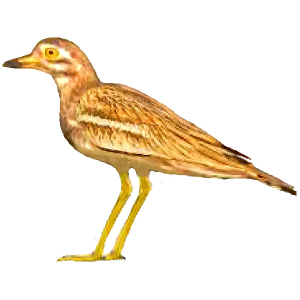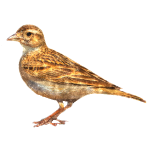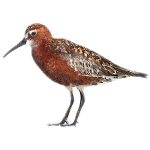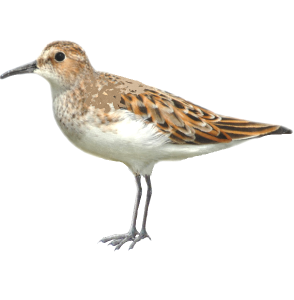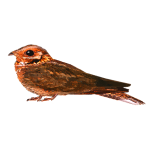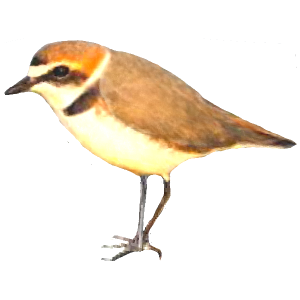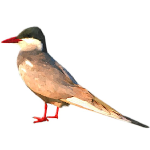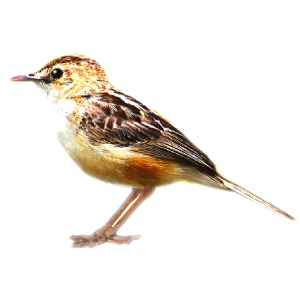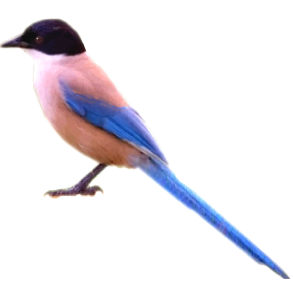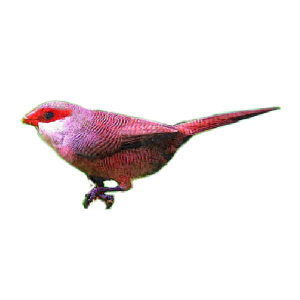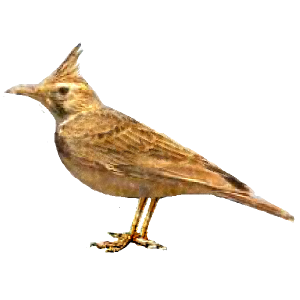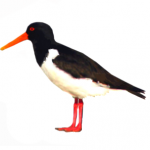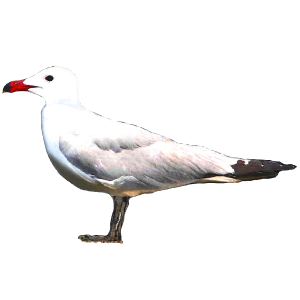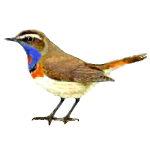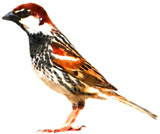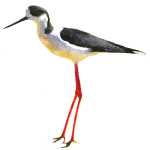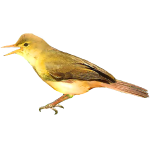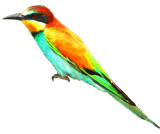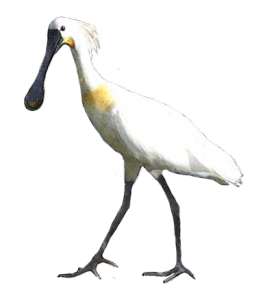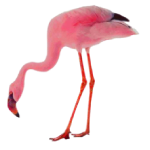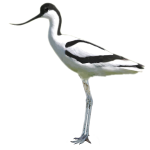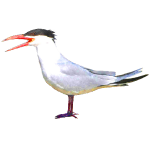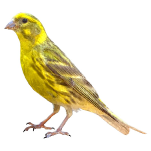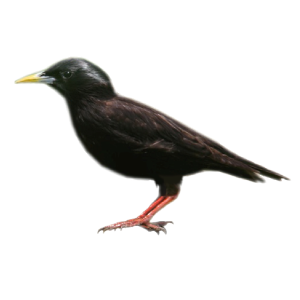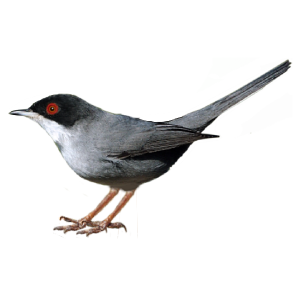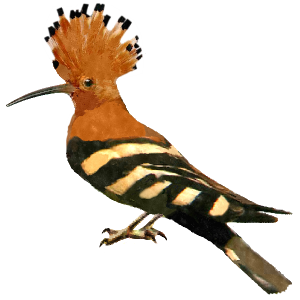As part of a well-preserved complex, the large but patchy Tavira saltpans form one of the best habitats of its kind in Portugal for several species of waders, seagulls and long-legged birds. The saltpans enclose three distinct areas: Arraial Ferreira Neto, Santa Luzia and Sítio das Quatro Águas. All of them are important for a large number of migrating passerines, as well as for several nesting species. As a consequence, it is of the utmost importance not to disturb the birds present on the levees and saltpans. Among others, these three nonadjacent areas are especially good for Audouin’s Gull, Caspian Tern, Greater Flamingo, Little Stint, Spoonbill and Bluethroat. Autumn, winter and spring are the best seasons to visit Tavira; these areas – and most of the birds – are best seen on foot.
HOTSPOT FACTSHEET: TAVIRA SALTPANS
Location: Tavira, Eastern Algarve | Coordinates: Please see below | Code: TV1/TV2/TV3 | Completion Time: up to 6 hours | Best Time for Birdwatching: autumn, winter and spring | Activities: birding; nature walks/hiking; cycling, running & other outdoor activities; sightseeing;
Arraial Ferreira Neto & Forte do Rato
Code: TV1 | Coordinates: 7º37’15.25’’W, 37º7’19.5’’N
This area is formed by the saltpans, dunes, farmland, scrubland, and saltmarshes along one of Ria Formosa’s largest channels. There’s also the crumbling, eerie ruins of a 16th fort (Forte do Rato). Here, low tide exposes a vast area of mudflats where waders and long-legged birds feed throughout the year; among many others, species observed here include Spoonbill, Kentish Plover, Greater Flamingo, Little Stint, Greenshank, Redshank, Bar-tailed Godwit, Caspian Tern, Little Tern, Bluethroat and Slender-billed Gull. The Slender-billed Gull became quite common now – recently, there have been records of groups of over 100 individuals between Tavira and Castro Marim. High tide usually pushes the birds into the saltpans. In order to properly explore these varied coastal habitats, visitors are advised to stop at various points along the road that runs from Tavira to the Vila Galé Albacora Hotel (please check map above). The area surrounding Forte do Rato can be quite rewarding as well. There are no signposted trails, but this birding site is easily reached from Tavira proper; visitors can also obtain more information on the surroundings at the hotel.
Sítio das Quatro Águas
Code: TV2 | Coordinates: 7º37’51.1’’W, 37º7’3.36’’N
Located where River Gilão flows into Ria Formosa and the ocean, this birding site has mudflats, water channels, sparse scrubland, and artisanal salt evaporation ponds. This is a good place to observe Bluethroat, Little Stint, Black-winged Stilt, Black-tailed Godwit, Spoonbill, Caspian Tern, Pied Avocet, and Audouin’s Gull. The road connecting Tavira proper to the Ilha de Tavira boarding pier runs across this extensive location, providing good opportunities to park the car (or bicycle) and scan the area; however, visitors should also turn right to visit the saltpans along a dirt track located a few meters before the quay. There are no signposted trails in this area, but it is easily reached from Tavira’s centre. Here, visitors can also take the ferry boat and visit Tavira Island during the spring migration (March and April). The island’s dunes and wooded areas are a staging post for migrating passerines like the Western Orphean Warbler, the Spotted Flycatcher, the Pied Flycatcher and the Whinchat. Species like the Melodious Warbler (April-September), the Redstart (March-October) and the Sardinian Warbler (resident) can also be seen on the island.
Santa Luzia Saltpans
Code: TV3 | Coordinates: 7º38’48.6’’W, 37º6’13.99’’N
The Santa Luzia saltpans are located between the village of Santa Luzia proper and the mouth of River Gilão; this area is bordered by marshland at the eastern and western ends, and by orchards and farmland to the north and northeast. Because these saltpans are private property, visitors are advised to secure authorization from Sopursal S.A. (the owner: see contacts here) in order to visit them. Santa Luzia provides good opportunities to observe Spoonbill, Gray Plover, Spotted Redshank, Sanderling, Black-winged Stilt, Little Tern, Greenshank, Pied Avocet, Caspian Tern, Greater Flamingo and (especially) Audouin’s Gull. Uncommon birds like the Curlew Sandpiper and the Western Reef Heron are occasional visitors to Santa Luzia; with luck, visitors will also have a chance to observe Stone Curlew (resident) and Spanish Sparrow (in September and October). Visitors can follow the road from Tavira to Santa Luzia and then choose one of several dirt tracks leading onto the saltpans; park your vehicle nearby and then explore the area on foot. The stretches of terrain immediately to the south and west of Tavira’s public Health Centre (‘Centro de Saúde de Tavira’) are suitable starting points. Late afternoon is the best time to visit the saltpans. There are no signposted trails and no information boards across this extensive stretch; there is however a trail leading to Praia do Barril (Barril Beach) that also provides good opportunities to observe waders and long-legged species.
BIRD SPECIALITIES: TAVIRA SALTPANS | TAVIRA | EASTERN RIA FORMOSA BIRDING HOTSPOTS

